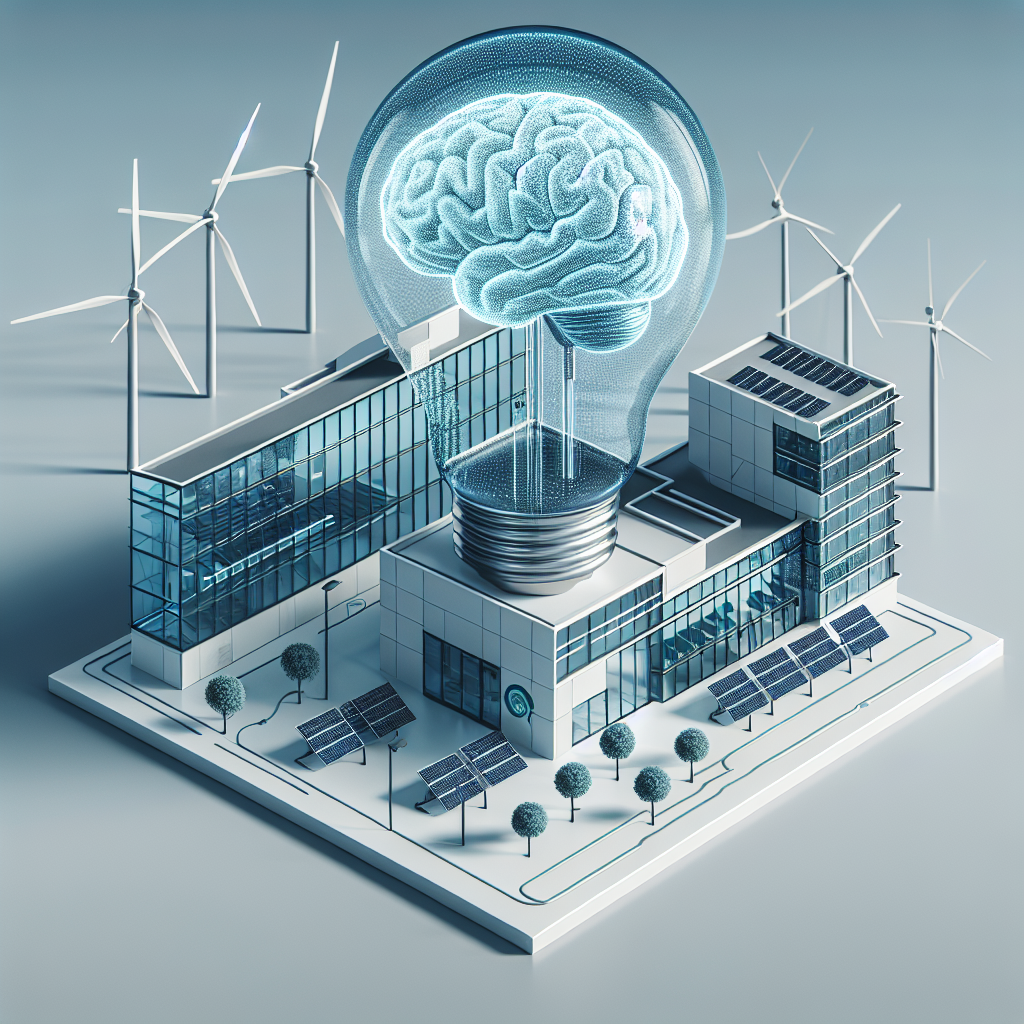Enhancing Energy Efficiency in Buildings with AI and Renewable Energy
In recent years, the importance of energy efficiency in buildings has become increasingly apparent. As concerns about climate change and resource depletion continue to grow, finding ways to reduce energy consumption and increase sustainability in our built environment has become a top priority. One of the most promising solutions to this challenge is the use of artificial intelligence (AI) and renewable energy technologies to enhance energy efficiency in buildings.
AI technology has the potential to revolutionize the way we manage energy in buildings. By analyzing data from sensors and other sources, AI systems can identify patterns and trends in energy usage, allowing building managers to optimize their energy consumption and reduce waste. AI can also be used to automate energy systems, adjusting lighting, heating, and cooling levels in real-time to maximize efficiency.
Renewable energy sources, such as solar panels and wind turbines, are also key to enhancing energy efficiency in buildings. By generating clean, sustainable energy on-site, buildings can reduce their reliance on fossil fuels and lower their carbon footprint. When combined with AI technology, renewable energy systems can be optimized to maximize energy production and minimize waste.
One of the main advantages of using AI and renewable energy technologies in buildings is the potential for cost savings. By reducing energy consumption and generating clean energy on-site, building owners can lower their utility bills and increase their return on investment. In addition, energy-efficient buildings are more attractive to tenants and can command higher rental rates, increasing the overall value of the property.
FAQs
Q: How does AI technology enhance energy efficiency in buildings?
A: AI technology can analyze data from sensors and other sources to identify patterns and trends in energy usage. This allows building managers to optimize their energy consumption and reduce waste by adjusting lighting, heating, and cooling levels in real-time.
Q: What are some examples of renewable energy sources that can be used in buildings?
A: Some examples of renewable energy sources that can be used in buildings include solar panels, wind turbines, and geothermal heat pumps. These technologies can generate clean, sustainable energy on-site, reducing reliance on fossil fuels.
Q: Can AI technology and renewable energy be used together to enhance energy efficiency in buildings?
A: Yes, AI technology and renewable energy can be used together to enhance energy efficiency in buildings. By analyzing data from renewable energy systems, AI systems can optimize energy production and minimize waste, leading to increased efficiency and cost savings.
Q: What are the main advantages of using AI and renewable energy technologies in buildings?
A: The main advantages of using AI and renewable energy technologies in buildings include cost savings, increased sustainability, and higher property values. By reducing energy consumption and generating clean energy on-site, building owners can lower their utility bills, attract tenants, and increase the overall value of the property.

